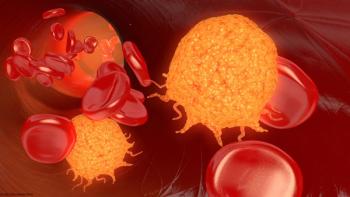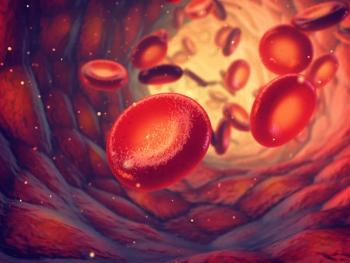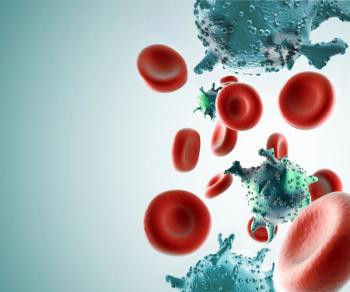
Oncology NEWS International
- Oncology NEWS International Vol 8 No 10
- Volume 8
- Issue 10
New Brain Imaging Technique Cuts MR Scan Time in Half
NEW ORLEANS-A new technique for magnetic resonance (MR) imaging can reduce brain scan time by half, according to a study from the Department of Radiology, University of Vienna, reported at the 99th annual meeting of the American Roentgen Ray Society. The new technique, T1-3D-echo-planar-imaging (EPI)-sequence, has diagnostic utility comparable to conventional T1-3D-gradient echo-sequence imaging, said lead investigator, Ahmed Ba-ssalamah, MD.
NEW ORLEANSA new technique for magnetic resonance (MR) imaging can reduce brain scan time by half, according to a study from the Department of Radiology, University of Vienna, reported at the 99th annual meeting of the American Roentgen Ray Society. The new technique, T1-3D-echo-planar-imaging (EPI)-sequence, has diagnostic utility comparable to conventional T1-3D-gradient echo-sequence imaging, said lead investigator, Ahmed Ba-ssalamah, MD.
The two methods were compared in a group of 13 women and 28 men, with a mean age of 37 years. These 41 patients had a total of 78 lesions71 tumors and 7 infections. Scans consisted of 140 overcontiguous partitions with an effective slice thickness of 2 mm and 1 mm of overlap. All slices were made in the coronal plane. Intravenous gadolinium was given as a contrast agent in all cases. The total scan time for gradient echo imaging was 4 minutes, 59 seconds; for the EPI technique it was 2 minutes, 20 seconds.
Images were assessed with both subjective and objective techniques. Subjective evaluation included lesion conspicuity (based on visibility of contrast delineation and extension of lesions) and image quality (based on grey-white matter differentiation, contrast medium enhancement, motion sensitivity, and chemical artifacts). The evaluation was made by two radiologists on a 4-point scale, with 4 being excellent. Objective image assessment was based on calculation of the signal-to-noise and contrast-to-noise ratios.
All lesions, regardless of size or location, were equally visible with either method. Gradient echo imaging was superior to the EPI technique with regard to lesion conspicuity and signal-to-noise ratio in both brain and tumor, and contrast-to-noise ratio in tumor, but the differences were not statistically significant.
Dr. Ba-ssalamah concluded that, because the 3D-EPI technique provides image quality similar to that of the conventional gradient echo technique with the advantage of reducing the scan time by 50%, it may replace conventional scanning. He indicated that the EPI method has been implemented at his institution, and neurosurgeons are very satisfied with the new technique.
Articles in this issue
about 26 years ago
Henderson Offers ‘Take-Home Messages’ From Endocrine Studiesabout 26 years ago
Sustained-Release Cytarabine for Lymphomatous Meningitisabout 26 years ago
Scintimammography Detects Tumors in Dense Breast Tissueabout 26 years ago
Autologous Vaccine as Adjuvant Therapy for Melanomaabout 26 years ago
Breast Cancer Screening in Women 40 to 49about 26 years ago
Limited Surgery Better in Colon Cancer With Diffuse Liver Metsabout 26 years ago
Risk Factors for Local Recurrence After Breast-Conserving Therapyabout 26 years ago
NCI Is Testing Thalidomide to Prevent Colorectal Cancer Recurrenceabout 26 years ago
Penn Cancer Center Sponsors Exhibit of Cancer Patients’ Artabout 26 years ago
Geffen Cancer Center Uses Western Medicine, Eastern PhilosophyNewsletter
Stay up to date on recent advances in the multidisciplinary approach to cancer.

















































































